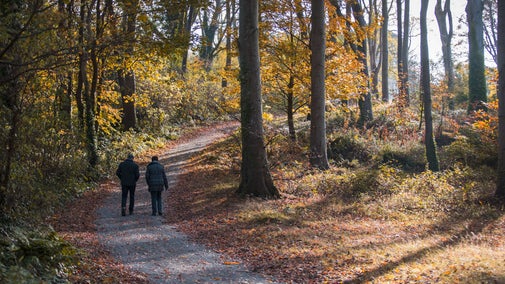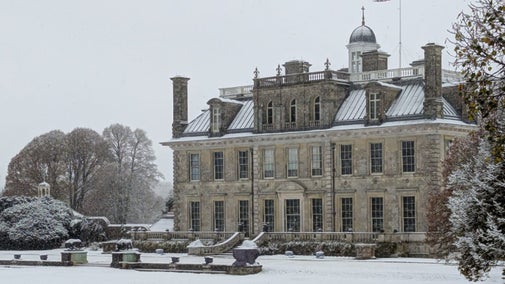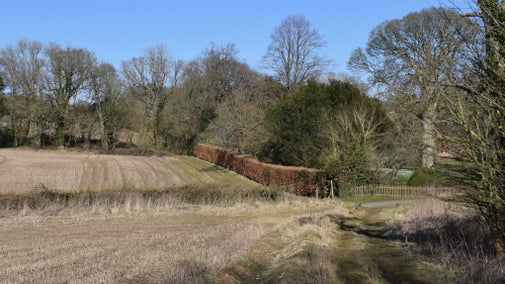Walk to the Huff Duff
Hampshire
Descend to a tranquil wooded valley at Dockens Water before crossing the stream to Rockford Common. Wet heath and gleaming bogs reveal carnivorous sundews and mysterious mosses. Take in breathtaking views from Ibsley Common, an area steeped in military history, and visit the Huff Duff (an old directional station) and associated bunker.
Near to
New Forest Northern CommonsStart point
Rockford Common National Trust Car park, opposite Moyles Court (over the ford), BH24 3NA. Grid ref: SU164082.Trail information
More near here
Hale Purlieu figure of eight walk
A figure of eight walk through Hale Purlieu, crossing streams and taking in great views across the valleys and mires of the New Forest's Northern Commons.

A short stroll around Hightown
A short walk around our smallest heathland site in the New Forest – great if you don't have much time but still want to experience the mosaic of habitats the New Forest has to offer. Walk across grazed lawns, through dark ancient woods and wander off route to discover some hidden wetlands, all in under 30 minutes.

Get in touch
Our partners

We’ve partnered with Cotswold Outdoor to help everyone make the most of their time outdoors in the places we care for.
You might also be interested in
Walks through colourful heathland
Enjoy the seasonal spectacle of purple heather in bloom with these walks across heathland and moorland.

Woodland walks
From tree-lined avenues to ancient woodland, find a sense of calm among the trees with our pick of the best woodland and forest walks.

Kingston Lacy
A lavish family home re-imagined as a Venetian Palace in the rural Dorset countryside.

Visiting the New Forest with your dog
New Forest Northern Commons is a one pawprint rated place. Find out more about where your dog can accompany you on a walk through the New Forest.

Walking in Hampshire
There’s so much to enjoy on a winter's walk in Hampshire. You can wander through magnificent beech woods at The Vyne, or take in breathtaking views across downland at Hinton Ampner. We've got walks to suit all ages, including young families, with fascinating facts to accompany each one.

